Introduction
Fried dough sticks, commonly known as youtiao in Chinese cuisine, are a beloved street food enjoyed by millions worldwide. Their golden hue, crispy exterior, and soft, fluffy interior make them an irresistible treat at breakfast, as a snack, or even as a side dish. However, achieving the perfect balance of crispiness and flavor can be a challenge for even the most seasoned cooks. This comprehensive guide aims to demystify the process and provide you with step-by-step instructions, tips, and tricks to make your fried dough sticks truly stand out.
Understanding the Ingredients
Before diving into the recipe, it’s crucial to understand the role of each ingredient in creating the perfect fried dough sticks.
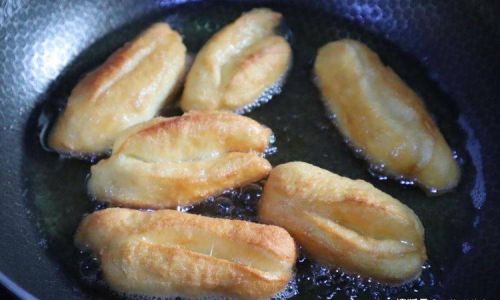
-
Flour: The foundation of any dough, all-purpose flour is typically used for fried dough sticks. It provides structure and helps the dough hold its shape during frying.
-
Water: Acts as a binding agent, allowing the flour particles to come together and form gluten, which gives the dough its elasticity.
-
Salt: Enhances flavor and helps regulate the gluten formation, making the dough more extensible without breaking.
-
Baking Powder/Baking Soda: These leavening agents release carbon dioxide gas when heated, causing the dough to rise and become fluffy.
-
Oil: For frying, choose a neutral-flavored oil with a high smoking point, such as peanut, canola, or vegetable oil, to ensure even cooking and a crispy exterior.
-
Optional Ingredients: Some recipes call for additional ingredients like milk, eggs, or sugar to enhance taste and texture. For a traditional youtiao, however, simplicity often yields the best results.
Preparing the Dough
-
Mixing the Ingredients: In a large bowl, combine the flour, baking powder (or baking soda and a pinch of cream of tartar for a more traditional leavening reaction), and salt. Create a well in the center and pour in water gradually, mixing with a wooden spoon or your hands until a shaggy dough forms.
-
Kneading: Transfer the dough to a lightly floured surface and knead for about 10 minutes until it becomes smooth and elastic. Be careful not to over-knead, as this can make the dough too tough.

-
Resting the Dough: Cover the dough with a damp cloth or plastic wrap and let it rest for at least 1 hour. This allows the gluten to relax, making the dough easier to roll out and shape without shrinking back.
Shaping the Dough Sticks
-
Rolling Out the Dough: Once rested, divide the dough into two equal portions. On a lightly floured surface, roll each portion into a rectangle about 1/4 inch thick. If the dough is too elastic and springs back, let it rest a few more minutes before continuing.
-
Cutting the Strips: Use a sharp knife or pizza cutter to cut the dough into strips about 1/2 inch wide and 6-8 inches long. You can adjust the size based on your preference, but remember that thinner sticks will cook faster and be crispier.
-
Pairing and Twisting: Take two strips and place them side by side. Use a chopstick or a small rod to gently press down the center lengthwise, just enough to adhere the two strips together without flattening them completely. Then, lift the paired strips and twist them once or twice before laying them down. This twisting step is crucial for the classic youtiao appearance and texture.
Frying the Dough Sticks
-
Heating the Oil: Pour enough oil into a deep frying pan or a wok to cover the dough sticks completely. Heat the oil to about 350°F (175°C). You can test the readiness by dropping a small piece of dough into the oil; it should sizzle immediately and rise to the surface.
-
Frying: Carefully place a few twisted dough sticks into the hot oil, ensuring they are not overcrowded. They should start to bubble and rise to the surface almost immediately. Use chopsticks or a slotted spoon to gently turn them over occasionally, ensuring even cooking.
-
Timing: Fry until golden brown and crispy, about 2-3 minutes per batch. The internal temperature should reach around 200°F (93°C) to ensure doneness. Remove the fried dough sticks with a slotted spoon and let them drain on paper towels to remove excess oil.
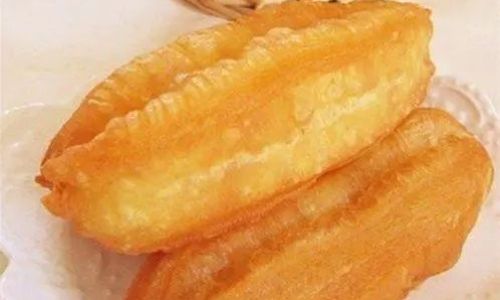
Achieving the Perfect Crispiness
-
Temperature Control: Maintaining the correct oil temperature is key. Too low will result in greasy dough sticks, while too high can burn the exterior before the interior is cooked. Use a thermometer to monitor and adjust the heat as needed.
-
Double Frying Technique: For an extra layer of crispiness, some chefs recommend a double-fry method. After the initial frying, let the dough sticks cool slightly, then fry them again at a slightly higher temperature for a few seconds. This helps to remove any remaining moisture and enhances the crunch.
-
Using a Deep Fryer: If you frequently fry foods, investing in a deep fryer can be worthwhile. It maintains a consistent temperature and reduces the risk of splattering, making the frying process safer and more efficient.
Serving and Enjoying
-
Pairings: Fried dough sticks are versatile and can be enjoyed on their own or paired with various dips and toppings. Traditional choices include soy sauce, sesame sauce, or a spicy chili oil. They also make an excellent accompaniment to congee (rice porridge) or soy milk for a hearty breakfast.
-
Storage: While best enjoyed fresh, leftover fried dough sticks can be stored in an airtight container at room temperature for up to a day. Reheat them in a toaster oven or microwave until crispy again.
Troubleshooting Common Issues
-
Dough is Too Sticky: If the dough is too sticky, add a little more flour during kneading. Conversely, if it’s too dry and crumbly, add a teaspoon of water and knead until combined.

-
Dough Sticks are Not Rising: Ensure you’ve used fresh baking powder/baking soda and that the dough has rested sufficiently. Over-kneading can also prevent proper rising.
-
Oil is Smoking: Reduce the heat immediately if the oil starts smoking. Smoking oil not only adds an unpleasant flavor but also creates harmful compounds.
Conclusion
Making crispy and delicious fried dough sticks at home may seem daunting at first, but with the right techniques and ingredients, it becomes a rewarding culinary endeavor. By following this guide, you’ll be able to create your own version of this timeless street food, tailored to your taste preferences. Whether you’re satisfying a midnight snack craving or impressing guests at brunch, fried dough sticks are a delightful addition to any meal. Happy frying!
This article has covered the essentials of making crispy and delicious fried dough sticks, from understanding the ingredients and preparing the dough to shaping, frying, and serving. With practice and attention to detail, you’ll soon be a master of this beloved culinary art. Enjoy your culinary journey!
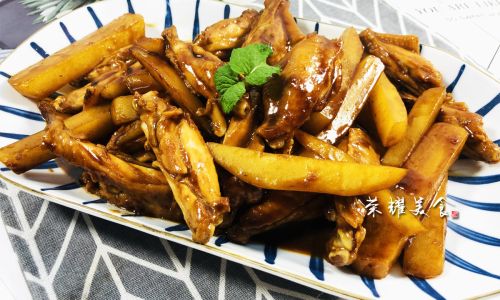
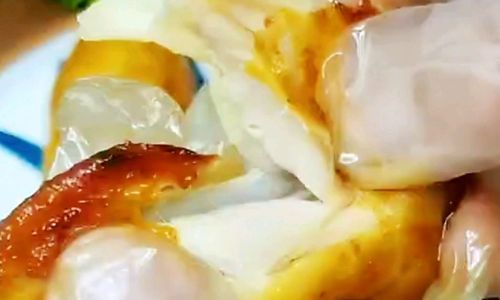
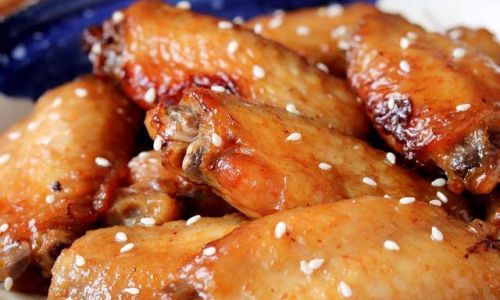
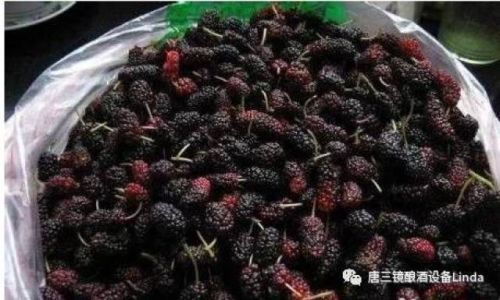


0 comments